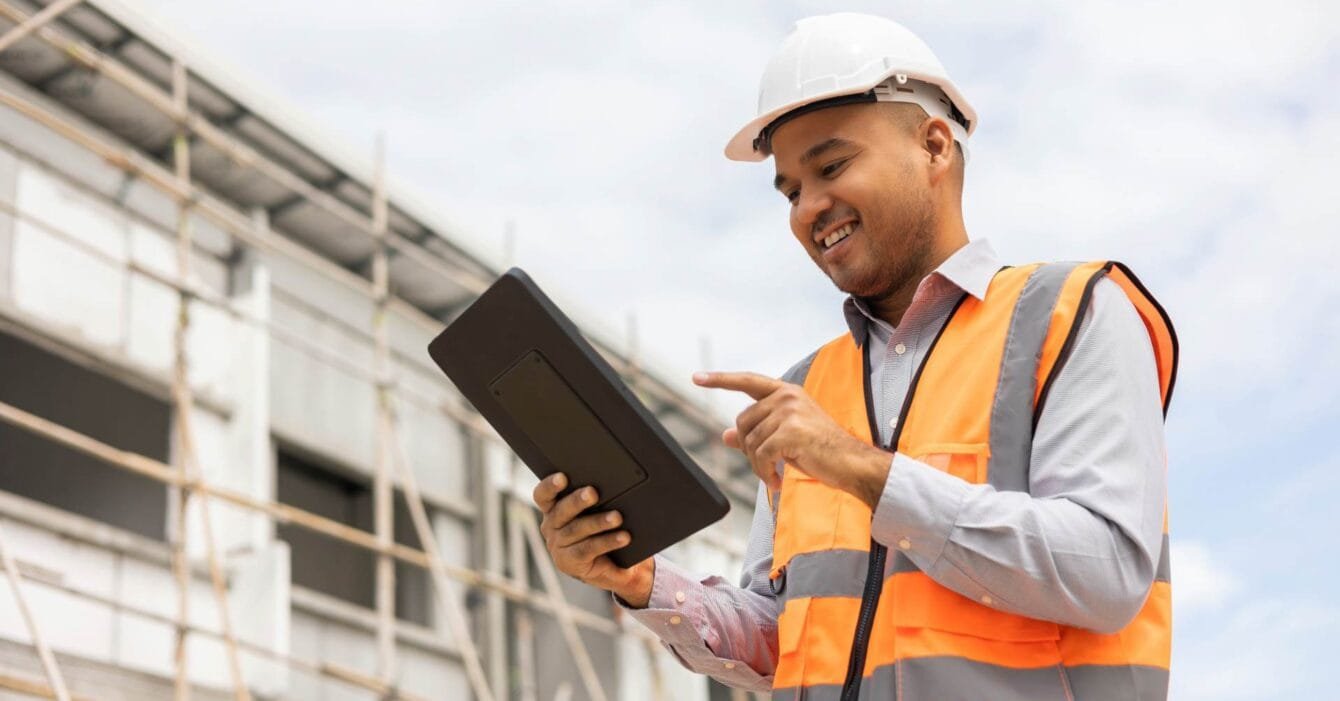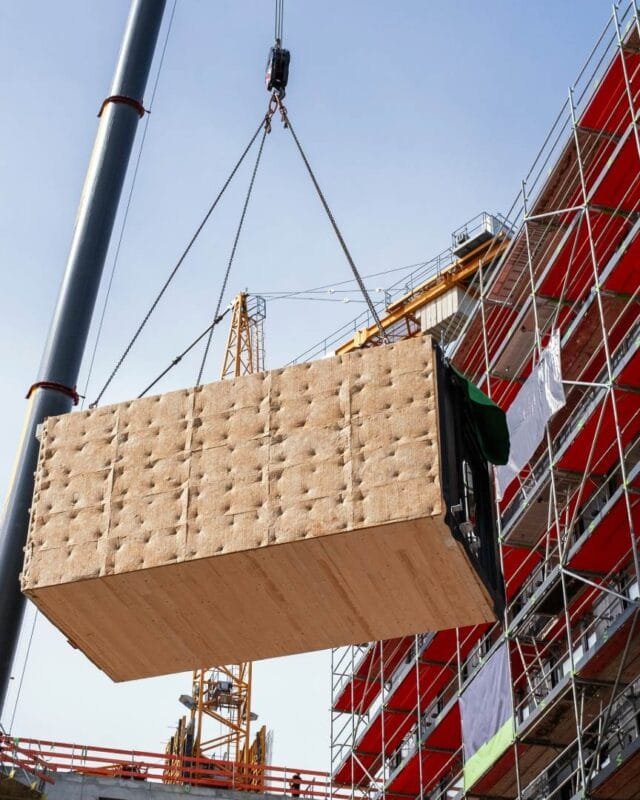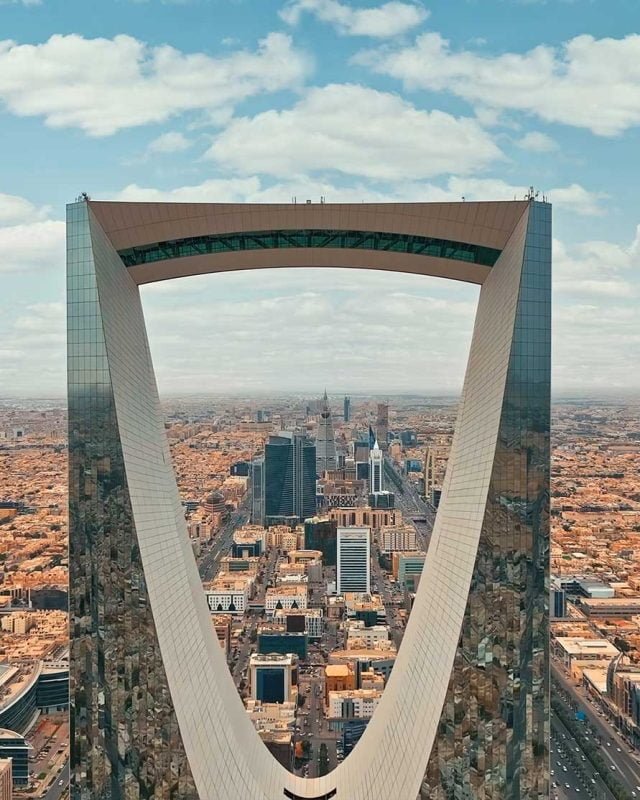Saudi Smart Construction: Robotics and BIM Drive 6.2% Sector Growth
Smart technologies like Building Information Modeling (BIM), sensors, and automation are reshaping how projects are designed, executed, and maintained; driving the digital transformation of Saudi Arabia’s construction industry. This shift toward Saudi Smart Construction is a strategic response to labor shortages, sustainability goals, and Vision 2030’s infrastructure ambitions.
BIM Adoption Expands Across Giga-Projects and Urban Hubs
BIM is now a foundational tool in Saudi Smart Construction. While exact adoption rates vary by project, major developments such as NEOM, Riyadh Metro, and the Red Sea Project are fully integrated with BIM platforms. These digital models enable clash detection, real-time collaboration, and lifecycle asset management.
Industry analysts confirm that BIM usage is widespread across public and private builds, especially in urban centers like Riyadh and Jeddah. The technology supports modular construction and off-site fabrication, helping reduce delays and improve cost control—key priorities in a market forecast to grow 6.2% annually and reach SAR 232.14 billion (US $61.9 billion) in 2025.
Sensor-Enabled Sites Improve Safety and Material Efficiency
Saudi Smart Construction sites are increasingly equipped with IoT sensors to monitor worker health, environmental conditions, and structural integrity. While specific safety incident reductions are not quantified in national reports, wearable tech and embedded sensors are actively used to mitigate heat stress and improve curing accuracy in concrete pours.
These systems support predictive maintenance and real-time alerts, especially valuable in Saudi Arabia’s extreme climate. Contractors are also using cloud-based dashboards to unify sensor data with project timelines, improving decision-making and reducing material waste.
Robotics and Automation Fill Labor Gaps and Enhance Quality
Robotics are gaining traction across Saudi construction zones, from automated welding arms to drone-based inspections. According to the Saudi Industrial Development Fund, these technologies are helping address skilled labor shortages while boosting quality control and productivity.
Robotic systems significantly reduce repetitive manual tasks and improve build precision. Off-site manufacturing and automated assembly are also streamlining urban expansion, especially in high-density zones like New Murabba and Diriyah Gate.
AI Scheduling Tools Reduce Delays and Improve Forecasting
Artificial intelligence is increasingly used in Saudi Smart Construction for scheduling, logistics, and supply chain optimization. AI-driven platforms analyze historical data and weather patterns to generate more accurate timelines and delivery sequences.
![]()
Construction management software like PlanRadar is credited with reducing delays and improving accountability across multi-phase builds. These tools are especially critical in mega-projects with complex stakeholder coordination.
Smart Construction Aligns with Vision 2030’s Urban and Sustainability Goals
Saudi Smart Construction directly supports Vision 2030’s goals for sustainable urbanization, economic diversification, and housing expansion. With SAR 350 billion (US $93.3 billion) allocated to integrated community developments and SAR 460 billion (US $122.6 billion) in healthcare and education infrastructure, smart technologies are essential to delivering on time and within budget.
Digital coordination, modular design, and automation are helping reduce carbon footprints and construction waste. As the Kingdom positions itself as a global leader in infrastructure innovation, smart construction practices are becoming a national standard—not just a competitive edge.
Also Read: Modular Methods Cut Build Time in Saudi Arabia
Saudi Smart Construction – FAQs
Q1. What is Saudi Smart Construction?
Saudi Smart Construction refers to the integration of digital technologies—like BIM, sensors, robotics, and AI—into construction workflows across Saudi Arabia. It aims to improve safety, efficiency, and sustainability in line with Vision 2030 goals.
Q2. How widely is BIM used in Saudi Arabia?
BIM is actively used in major Saudi projects such as NEOM, Riyadh Metro, and the Red Sea Project. While exact adoption rates vary, BIM is now standard in most large-scale developments, supporting design coordination and lifecycle management.
Q3. What types of sensors are used in Saudi Smart Construction?
Common sensors include:
- Wearables for tracking worker fatigue and heat stress
- Concrete sensors for monitoring curing conditions
- Environmental sensors for dust, temperature, and humidity These tools help reduce safety incidents and improve material performance.
Q4. Are robots replacing human workers in Saudi construction?
No. Robotics in Saudi Smart Construction are used to augment human labor, not replace it. Technologies like drone inspections and automated bricklaying improve precision and speed, allowing human teams to focus on complex tasks.
Q5. How does Saudi Smart Construction support Vision 2030?
Smart construction aligns with Vision 2030 by:
- Enabling faster, safer infrastructure delivery
- Supporting sustainable building practices
- Creating high-tech jobs and upskilling the workforce It’s a key driver of Saudi Arabia’s urban and economic transformation.



